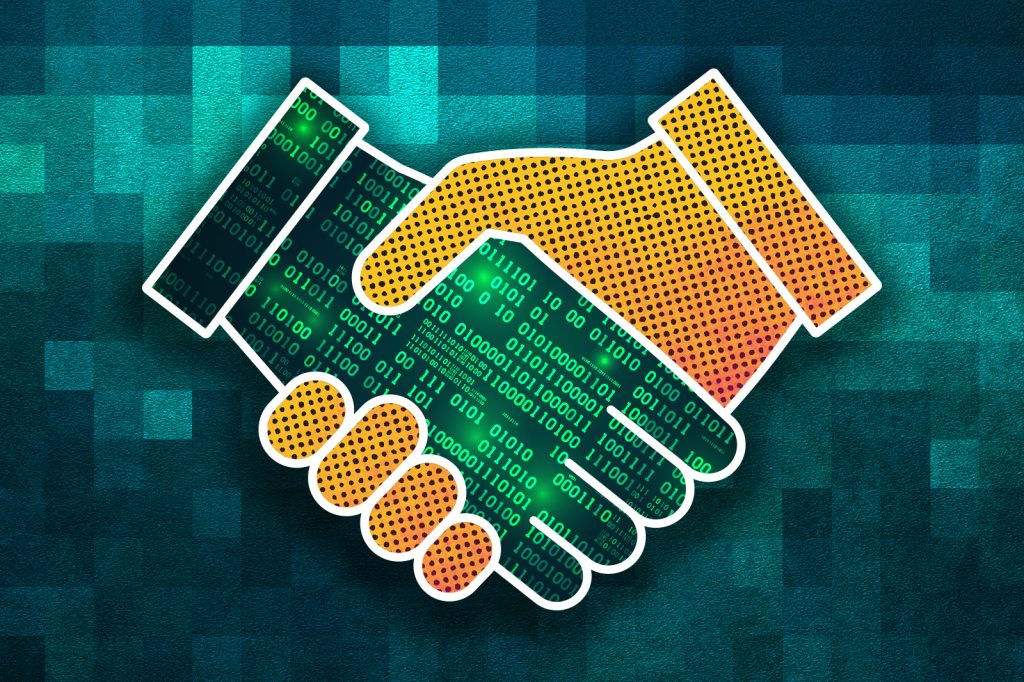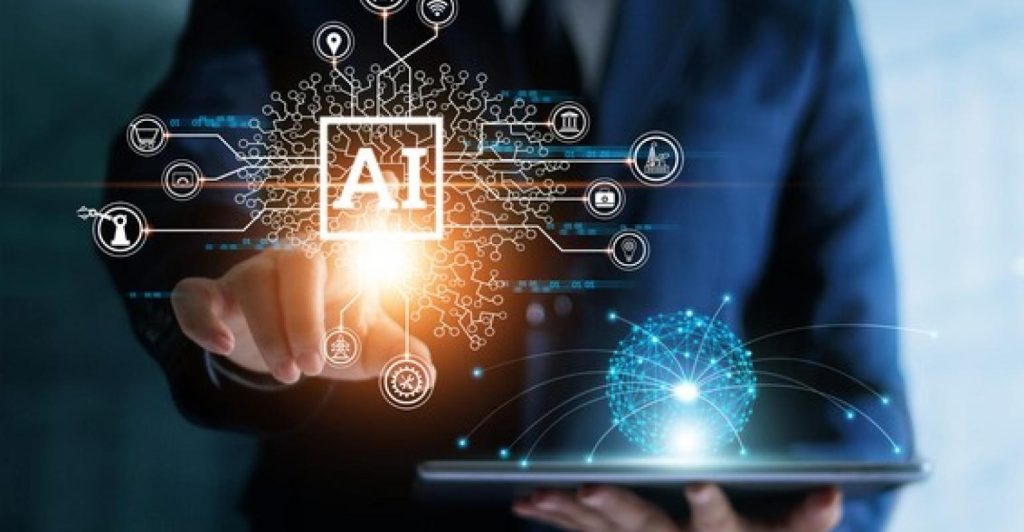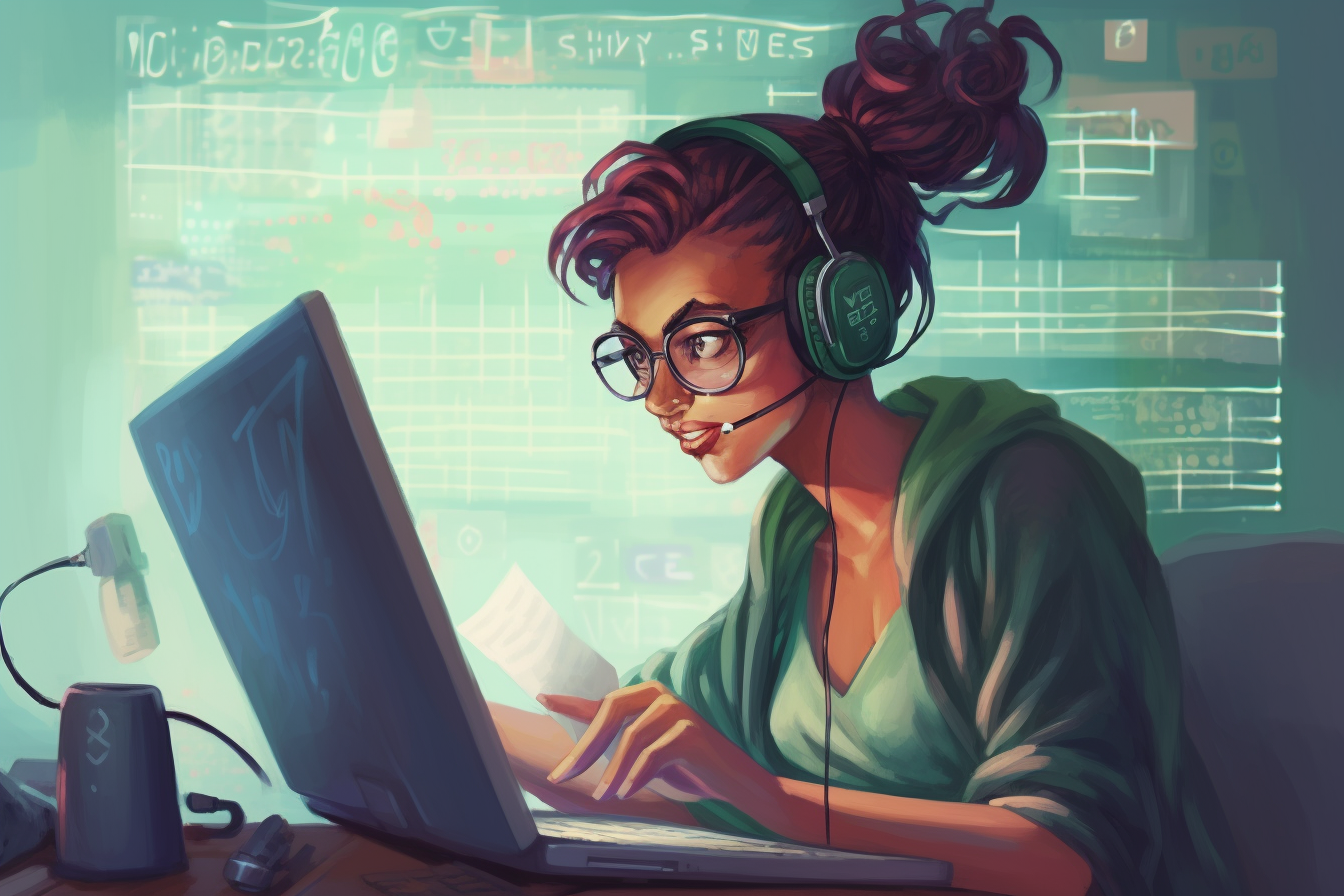The modern workplace is undergoing a quiet revolution. Artificial Intelligence (AI) is steadily transforming the fabric of work as we know it, transitioning from an era of manual, time-consuming tasks to one where machines augment human capabilities, making every minute count. This paradigm shift is not only enhancing efficiency but also unlocking human potential to focus on creative and strategic pursuits. Let’s delve into how AI is converting the mundane into the marvelous within our offices.
AI: The New Workhorse for Routine Tasks

Imagine an office where the buzzing of printers is a rare occurrence, where inboxes sort themselves out, and where data entry is a task of the past. AI has become the new workhorse for routine tasks, shouldering the burden of repetitive and mundane work. Machine learning algorithms can now process and analyze data faster than any human, making sense of complex patterns to streamline decision-making. From scheduling meetings to sorting emails, AI is creating space for employees to engage in work that requires a human touch – creativity, empathy, and strategic thinking.
Automating the Overlooked: Small Tasks with Big Impact
Often, it’s the little things that take up the most time in a workday. Whether it’s organizing files, inputting data, or managing inventory, these small tasks can have a surprisingly big impact on productivity. AI is stepping in to automate these overlooked activities. Optical character recognition (OCR) technology turns scanned documents into editable data, bots can manage stock levels in real-time, and AI-driven analytics can predict customer behavior, allowing businesses to make informed decisions swiftly. By automating the minutiae, AI is enabling employees to reclaim time for more impactful work.
The AI Assistant: Enhancing Human Capability
The concept of an assistant is being redefined in the workplace. AI-powered virtual assistants are taking over tasks that traditionally required human intervention, such as organizing files, managing emails, and even handling customer inquiries. These AI assistants are not only completing tasks but also learning from interactions to become more efficient over time. This enhanced capability does not replace human workers; instead, it complements their skills, allowing them to excel in areas where emotional intelligence and nuanced understanding are paramount.
Smarter Tools for a Smarter Workforce

AI is not just taking over mundane tasks; it’s also providing the workforce with smarter tools to perform their jobs more effectively. Advanced software can now predict market trends, recommend actions, and even automate complex processes like design and development. For example, AI-driven project management tools can allocate resources, track progress, and identify potential issues before they become problems. These intelligent systems enable a smarter workforce that can anticipate change and adapt quickly, keeping businesses agile and competitive.
Redefining Productivity: AI’s Impact on Work Culture
The integration of AI in the workplace is not just about efficiency; it’s redefining what productivity means. With AI handling routine tasks, employees can engage in more meaningful and fulfilling work. This shift is fostering a culture where quality of output trumps quantity, and where innovation is not stifled by the weight of administrative burdens. As AI takes over the tedious tasks, the human workforce is free to explore and expand their roles, leading to a more dynamic and innovative work environment. In conclusion, AI is not just a tool for automating mundane tasks; it’s a catalyst for a more profound transformation in the workplace. By liberating the workforce from the tedium of repetitive work, AI is allowing humans to engage in more complex, strategic, and creative endeavors. The result is a workplace that is not only more efficient but also more human, where the focus shifts from mundane to marvelous.

